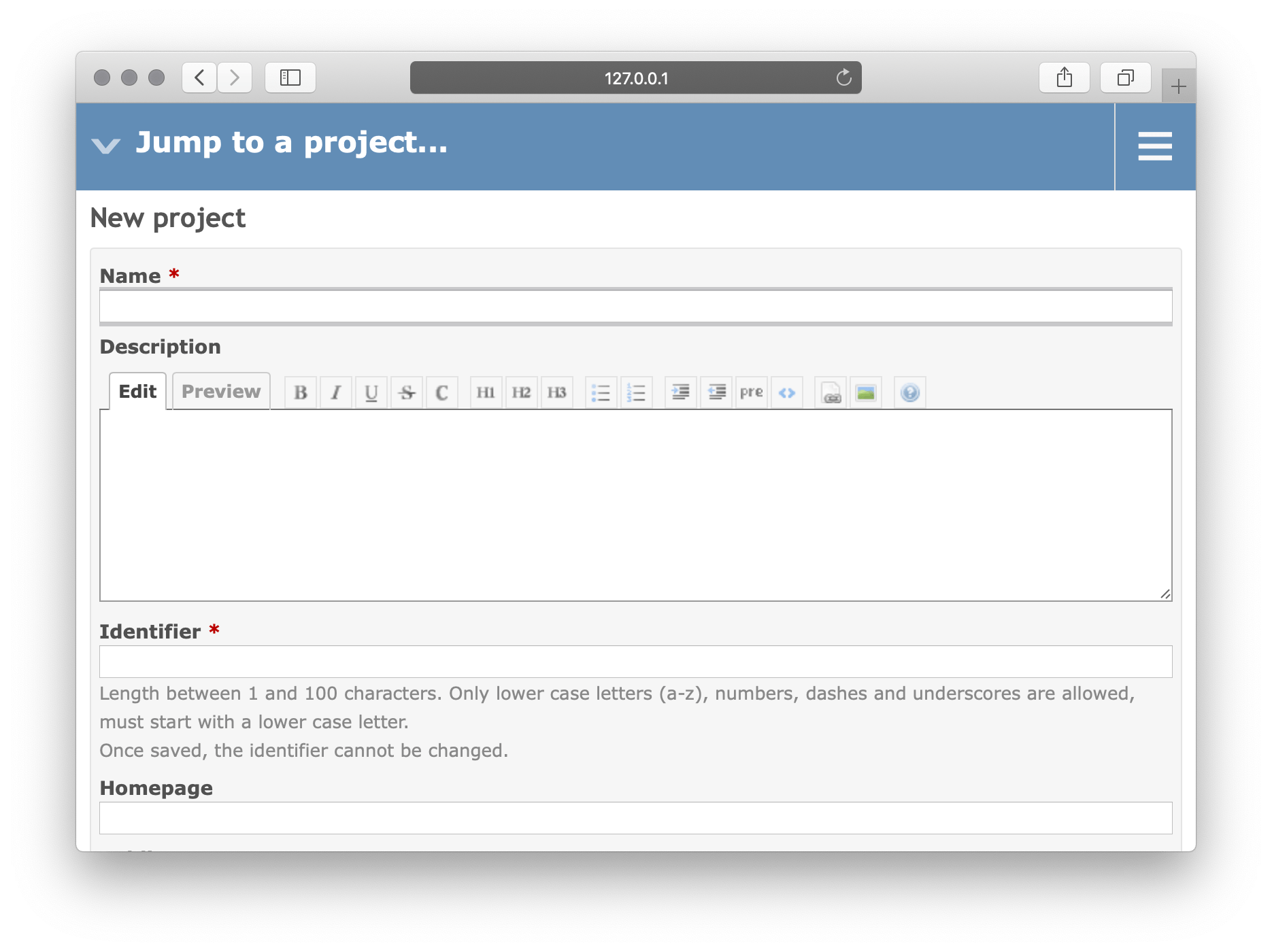Redmine§
To run the Redmine project management system using Unit:
Install Unit with a Ruby language module.
Install and configure Redmine’s prerequisites.
Install Redmine’s core files. Here, we install it at /path/to/app/; use a real path in your configuration.
Run the following command (as root) so Unit can access the application directory:
# chown -R unit:unit /path/to/app/
Note
The unit:unit user-group pair is available only with official packages, Docker images, and some third-party repos. Otherwise, account names may differ; run the ps aux | grep unitd command to be sure.
For further details, including permissions, see the security checklist.
Next, prepare the Redmine configuration for Unit (use a real value for working_directory):
{ "listeners": { "*:80": { "pass": "applications/redmine" } }, "applications": { "redmine": { "type": "ruby", "working_directory": "/path/to/app/", "script": "config.ru", "environment": { "RAILS_ENV": "production" } } } }
Upload the updated configuration. Assuming the JSON above was added to
config.json. Run the following command as root:# curl -X PUT --data-binary @config.json --unix-socket \ /path/to/control.unit.sock http://localhost/config/
Note
The control socket path may vary; run unitd -h or see Startup and Shutdown for details.
After a successful update, Redmine should be available on the listener’s IP and port:
